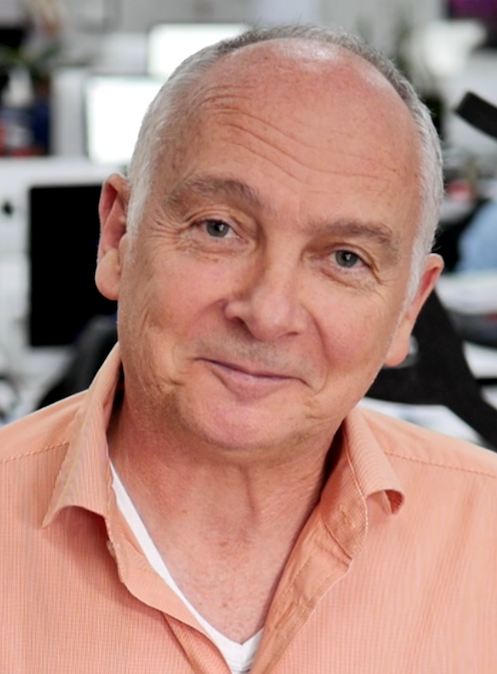Why our community bonds are our best insurance
Denis Moriarty, Group Managing Director, Our Community
When disaster strikes, it is human nature that drives us to rush to the rescue, but it is good organisation that gives a rescue mission every chance of success.
For two weeks outside the Tham Luang cave that trapped 12 Thai boys and their soccer coach, that organisation was clearly visible, even above ground: we saw it in the truckloads of scuba tanks, the coils of rope, the water pumps and hoses. These tangible items mirrored the intangible human assets, the skills and training and experience of dozens of organisations and thousands of individuals, galvanised to beat monsoon rains, diminishing oxygen levels, starvation and the limits of human endurance in the race for survival.
Australians were in the thick of it, like the cave-diving doctor Richard Harris, who risked his own life to help the team to safety.
Having suffered our fair share of disasters, Australians have developed the capacity to help respond to people in need, including those boys who were shivering deep underground and hoping for a miracle.
When monstrous bushfires whipped by wild winds and 46-degree heat killed 173 people in Victoria in 2009, and when scores were wiped out in floods in Queensland two years later, countless people offered to help out on the ground, give blood, or send cash.
Each time disaster strikes, and a community we care about suffers great losses, we rally to the cause. We respond instinctively, much as a family would.
Yet beyond the emergency and defence services who step in first, and the SES volunteer crews who literally mop up, it’s community groups that are there for the long haul with shelter, clothes, food, and a shoulder to cry on.
In Thailand, as in Australia, long after the news crews have packed up their gear, local organisations, clubs, schools, community houses and “friends” groups will keep stepping in – sometimes for years – to help those who are still suffering.
Those same organisations also help the victims of tragedies and disasters that don’t dominate the headlines – asylum seekers, the homeless, victims of violence and poverty. Without these organisations, our humanity would be diminished and our lives would be immeasurably poorer.
But what enables communities to act effectively – and not just with good intentions – is organisation.
Australia has 600,000-plus not-for-profits and community groups: sporting groups, service clubs, charities, health services, foster care organisations, neighbourhood houses, schools and the like, spread across the nation, adept at helping where help is needed.
They’re able to do this because they’ve put so much time and effort into building their capacity to act.
That’s a result of never-ending meetings, fundraising events, phone calls, cashflow forecasts and grant applications.
 Our Community's Denis Moriarty
Our Community's Denis Moriarty
All of these things add up, over time, to community organisations with clout. And in a crisis, a well-oiled committee can pull in the favours, bring the right people into the room, make the right phone calls, and lean on those in power.
It is those organisations with strong leaders, a resilient culture, an ethical mission and decent resources that are our best insurance in times of trouble.
That’s where you come in.
If you’ve ever watched help materialise when it’s most needed, it’s not a miracle. You’re seeing the results of years of preparation.
So if now’s not the right time to volunteer to help, when is?
